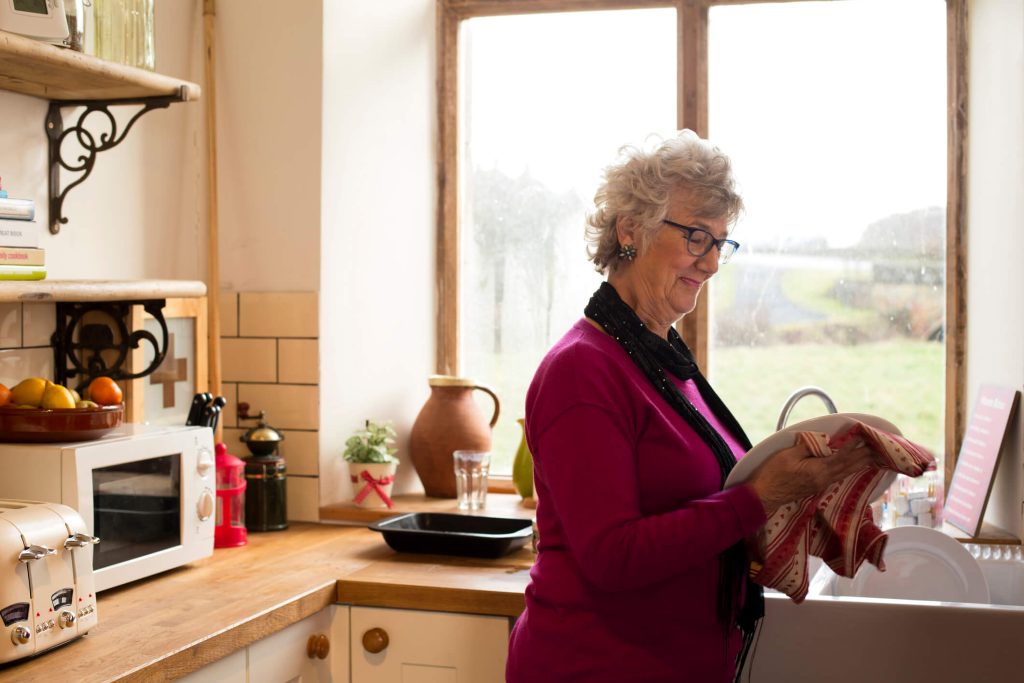One of the upsides of having modern tools like Google and Facebook is that we can easily find answers to the questions we have. Whether you’re looking for a recipe to make the perfect sourdough bread or how to stay healthy during the cold and flu season, you can always find what you need.
On the other hand, having information easily accessible also leads to finding mis-information. Everyone can share their thoughts and feedback online, which can lead to confusion about what’s factual and what isn’t—especially about senior living.
WHAT ARE FOUR COMMON MYTHS ABOUT SENIOR LIVING?
Seniors lose their freedom when they move to senior living.
A common myth about moving to senior living is that the senior gives up their freedom. In fact, this isn’t the case. One of the goals of a senior living community is to keep the residents as active and independent as possible, and that’s accomplished by providing support with activities of daily living.
Seniors have the ability to decorate their apartment to make it feel like home, choice of dining options, and activities they’d like to participate in. Some communities even allow seniors to drive their own vehicles to run errands and get to doctor appointments.
Seniors can’t be as active as they are at home.
Another myth associated with moving to senior living is that seniors lose their ability to stay active. We’ve all seen a movie or television show where older adults are confined to their bedrooms and deteriorate quickly. Because of this image, there’s a fear that seniors won’t get what they need to thrive.
The reality is that Iife a senior is living in their home, there’s a chance they may not be consistently active. However, if an older adult moves to senior living, they have more opportunities to participate in activities that meet their physical, mental, spiritual, and social needs. Moreover, there’s a dedicated team in the community whose sole focus is to help seniors thrive.
Seniors aren’t connected to their community.
A universal misunderstanding about older adults moving to senior living is that they become isolated from everything and everyone they care about. Rest assured that this isn’t the case. For example, at Provision Living Senior Communities, our teams intentionally infuse opportunities for connecting our residents with the community they love. Activities like buddy reading programs with local schools, taking field trips to favorite eateries, and spending time with others keep older adults connected.
Senior living is out of reach financially.
Many families think senior living is out of reach financially, yet if you think about the cost of the mortgage or rent, homeowners insurance, utilities, food, transportation, and in-home care, it may be comparable to the cost of moving to a senior living community. Before making the final decision to move, write down all of your expenses and then compare them to the cost of the community you’re considering. Don’t forget that in addition to receiving all of the amenities you’re currently paying for on your own, you’ll also receive around-the-clock care from a dedicated team of caring professionals.
PROVISION LIVING IS HERE TO HELP
If you’re on the fence about whether moving to senior living is the right decision for you or your loved one, we’d love to discuss with you the benefits of making the transition. Our care consultants are ready to answer any questions you may have about the process.
Image credit: istockphoto.com


